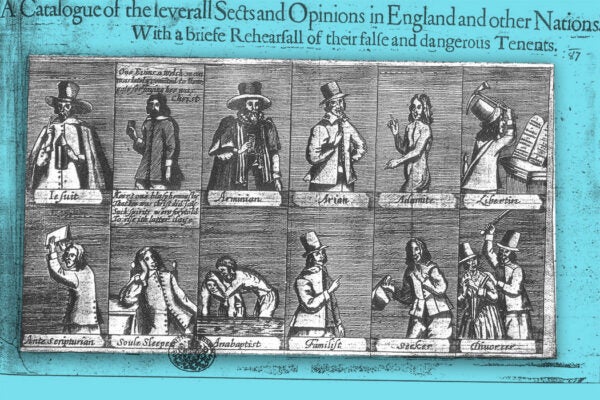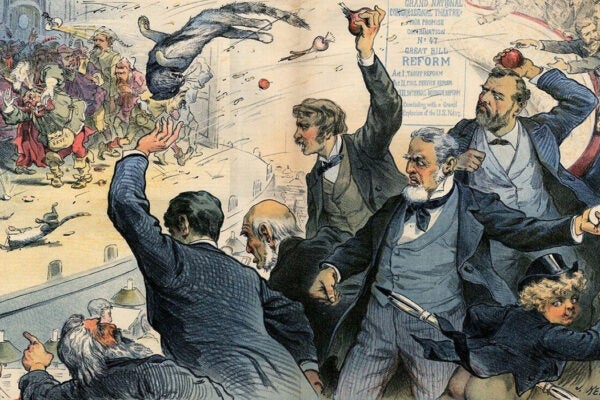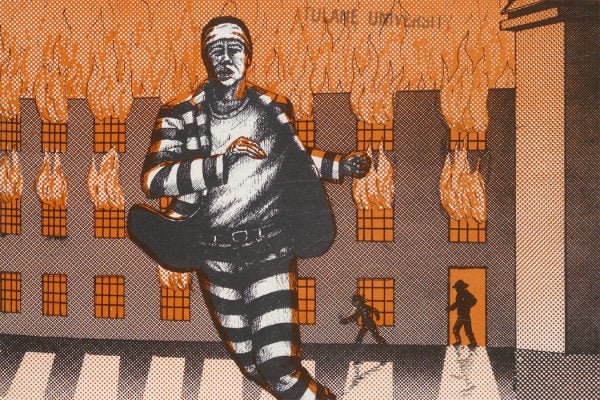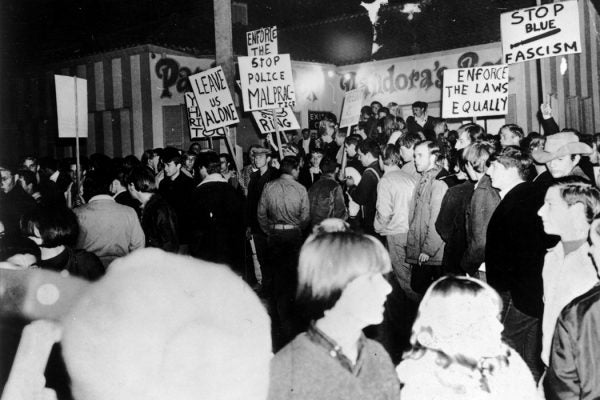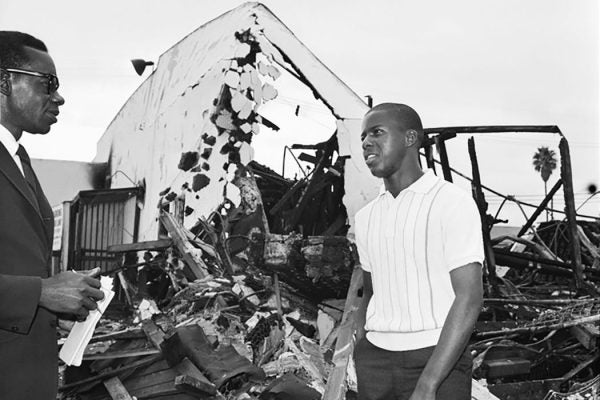The Bawdy House Riots of 1668
Though so-called bawdy house riots were common in seventeenth-century London, the disorder of 1668 revealed the city’s deep political and religious resentments.
Riot! At the Theater
One audience demanded more censorship, another less. Both challenged the reach of anti-obscenity laws in the early twentieth century.
Cold War Flames on US Soil: The Oakdale Prison Riot
In the 1980s, Cold War tensions led to thousands of Cubans languishing in American prisons, unable to be released or repatriated. Uprisings followed.
“Everybody Look What’s Going Down”: The Sunset Strip Riots
In 1966, tired of being harassed by the police for their counterculture ways, the teens of Sunset Boulevard fought back through protests and music.
Hot Air Balloon Launch Riot!
In the early days of ballooning, launches were prone to failure. When failure looked imminent, the crowd’s mood would begin to turn.
Ye Olde Morality-Enforcement Brigades
The charivari (or shivaree) was a ritual in which people on the lower rungs of a community called out neighbors who violated social and sexual norms.
The Mob Violence of the Red Summer
In 1919, a brutal outburst of mob violence was directed against African Americans across the United States. White, uniformed servicemen led the charge.
Did The 1965 Watts Riots Change Anything?
Sociological data from immediately after the riots in Watts, Los Angeles, in 1965 show major disparities in attitude by race.
